When we think of human flight, the Wright brothers immediately come to mind as the pioneers who conquered the skies in 1903. Their achievement at Kitty Hawk represents one of humanity’s greatest technological leaps. Yet behind their brilliant engineering lay an unexpected muse—nature itself, specifically in the form of birds. While many assume the Wright brothers simply mimicked bird wings, the true story of their avian inspiration is far more nuanced and fascinating. This remarkable tale reveals how careful observation of specific bird species helped solve the most challenging problems of flight and ultimately changed human transportation forever.
The Wright Brothers’ Early Fascination with Flight
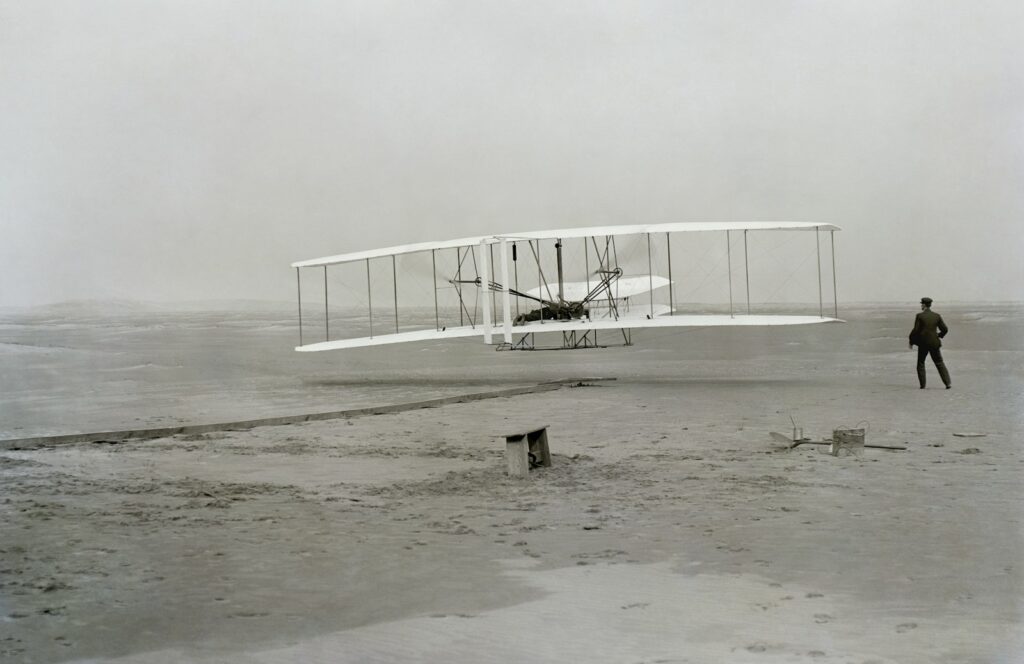
Wilbur and Orville Wright’s journey toward creating the first successful airplane began long before their famous flight at Kitty Hawk. As children in Dayton, Ohio, they received a toy helicopter based on an invention by French aeronautical pioneer Alphonse Pénaud. This simple toy, powered by a rubber band, captivated their imagination and planted the seeds of their lifelong fascination with flight. Though they initially pursued careers in printing and later bicycle manufacturing, the brothers never abandoned their dream of conquering the skies. Their mechanical aptitude, combined with their methodical approach to problem-solving, provided the foundation for their later aeronautical experiments. By the late 1890s, they began seriously studying the existing literature on flight, including the works of pioneers like Otto Lilienthal and Octave Chanute.
The Pivotal Moment: Birds as Inspiration
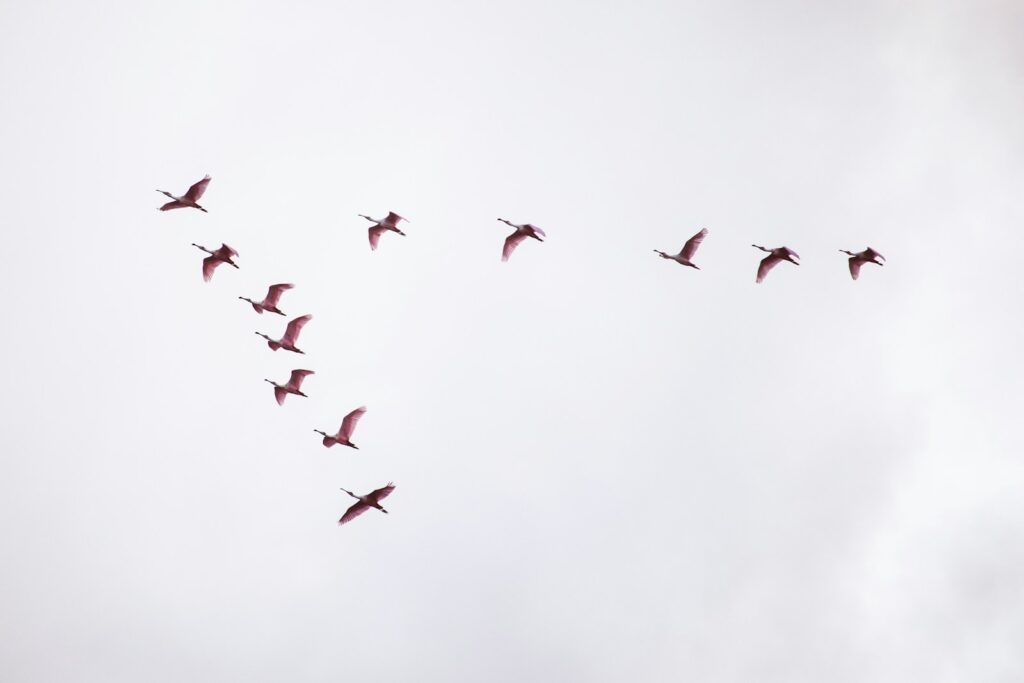
The critical connection between birds and the Wright brothers’ eventual success came in 1899, when Wilbur observed pigeons in flight while working in their bicycle shop. In a letter to the Smithsonian Institution requesting aviation literature, Wilbur wrote about his observations of birds, noting: “My observations of the flight of buzzards convince me that they regain their lateral balance when partly overturned by a gust of wind, by a torsion of the tips of their wings.” This observation would prove revolutionary. Unlike previous aviation pioneers who focused primarily on mimicking the flapping of birds’ wings, Wilbur recognized something far more sophisticated—birds maintained stability through subtle wing adjustments. This insight led directly to the brothers’ concept of “wing-warping,” a technique allowing pilots to roll an aircraft right or left by changing the angle of the wing tips, mimicking how birds maintain control in turbulent air.
The Buzzard: Primary Avian Muse
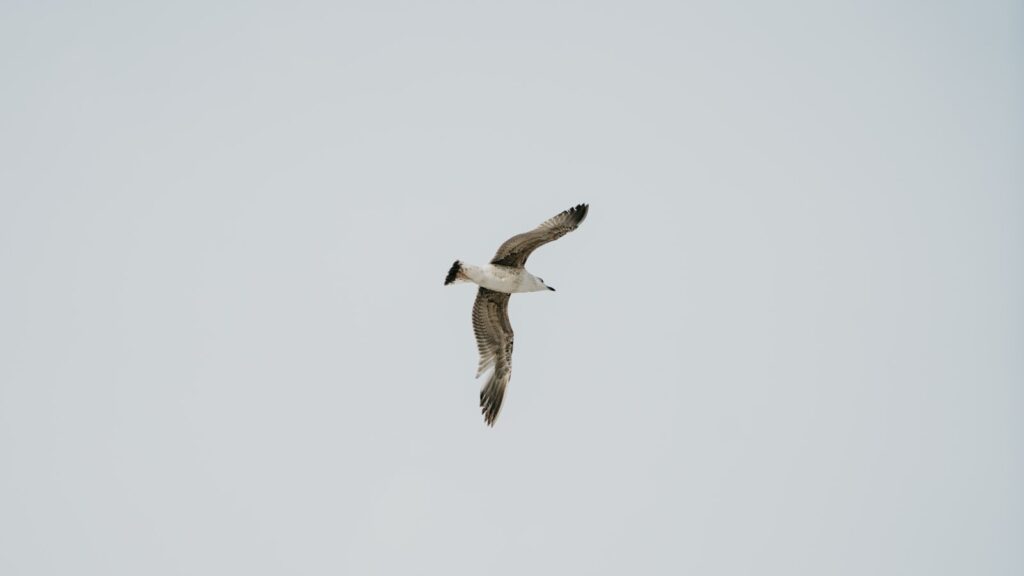
Of all bird species, the buzzard (specifically the turkey vulture, common in Ohio) provided the most crucial insights for the Wright brothers. These large soaring birds captivated Wilbur with their remarkable ability to stay aloft for hours with minimal wing movement, riding thermal currents with extraordinary efficiency. The brothers studied how buzzards maintained stability by subtly adjusting their wingtips when gusts of wind threatened to disturb their flight path. Turkey vultures possess a distinctive V-shaped wing profile called a dihedral angle that enhances lateral stability, a feature the Wrights incorporated into their designs. The brothers were particularly fascinated by how these birds could shift their weight and twist their wing feathers to execute precise turns without losing altitude, providing a natural model for three-axis control that would become fundamental to their aircraft design.
Beyond Mimicry: Scientific Observation
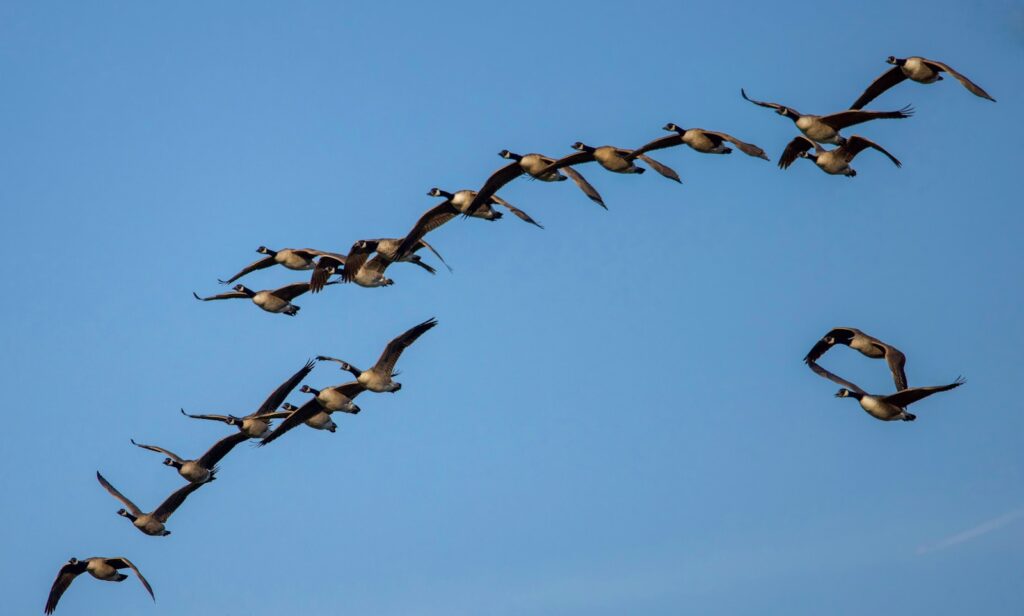
What distinguished the Wright brothers from many earlier flight enthusiasts was their scientific approach to studying birds. Rather than simply attempting to copy avian anatomy, they sought to understand the underlying principles of flight physics. The brothers spent countless hours observing various bird species, taking detailed notes on wing shapes, gliding patterns, and recovery techniques in turbulent conditions. They built homemade tools to measure air pressures and wing angles, developing one of the first practical understandings of aerodynamics. Orville specifically noted that they studied “the soaring of large birds” to understand “what the surfaces of their wings were doing in relation to the air.” This methodical approach allowed them to extract principles rather than mere forms, making them engineers rather than imitators, and enabling them to adapt bird-inspired concepts to the different requirements of heavier-than-air machines.
Wing-Warping: The Bird-Inspired Breakthrough
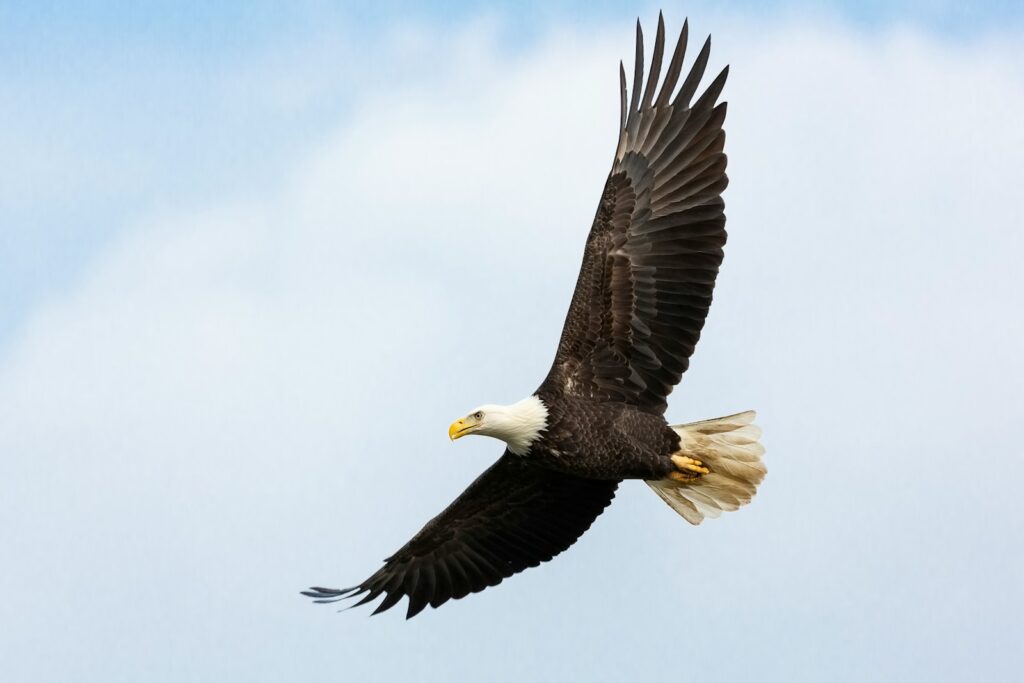
The Wrights’ most significant bird-inspired innovation was the development of wing-warping for lateral control, directly modeled after they observed how birds twist their wings to maintain balance. This breakthrough came when Wilbur idly twisted an empty bicycle inner tube box, noticing how the twisted surfaces would create different pressures when moved through air. The brothers realized this principle could be applied to aircraft wings, allowing a pilot to increase lift on one wing while decreasing it on the other, creating a banking motion similar to birds. They implemented this system using a series of wires that could pull on the trailing edges of their glider’s wings. Although later aircraft would replace wing-warping with ailerons (hinged flight control surfaces), the fundamental principle remains identical to what the Wrights observed in soaring birds—demonstrating how their careful study of nature provided the solution to one of aviation’s most difficult problems.
Three-Axis Control: A Lesson from Nature
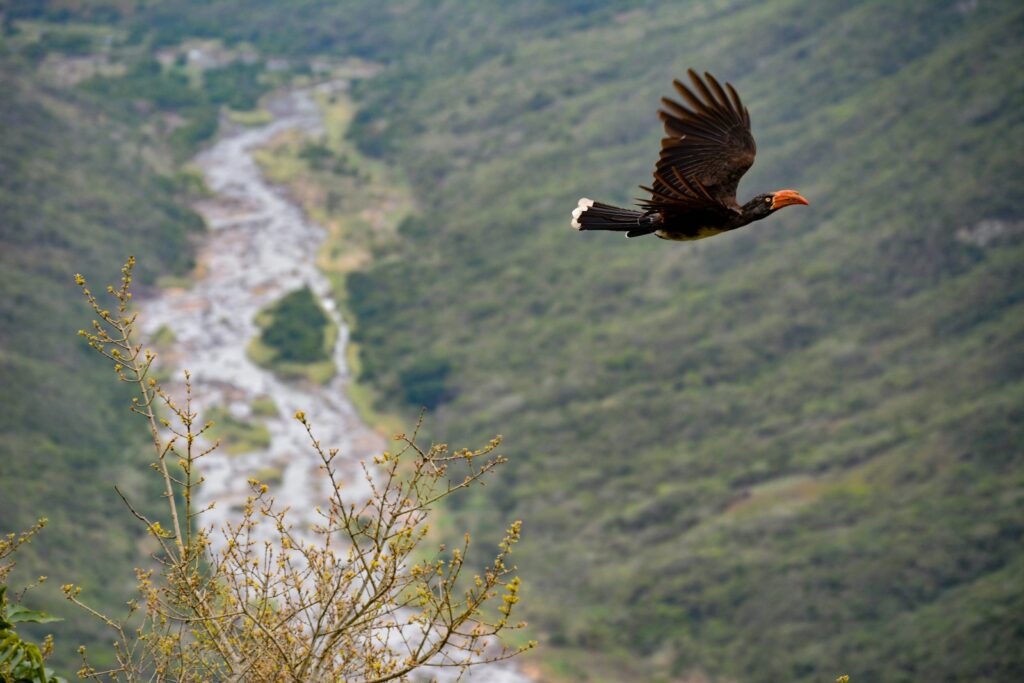
Perhaps the most revolutionary aspect of the Wright brothers’ design was their development of three-axis control, allowing their aircraft to be controlled in pitch, roll, and yaw. This system came directly from their observation that birds maintain precise directional control by adjusting their wings and tail simultaneously. The Wrights noted that when birds turned, they not only banked their wings but also adjusted their tails and changed the shape of their wing surfaces. This observation led to the brothers integrating a movable rudder with their wing-warping system, creating a coordinated control method that prevented the dangerous skidding that had caused crashes in previous aircraft attempts. Their 1902 glider was the first aircraft in history to implement full three-axis control, a fundamental requirement of all modern aircraft that came directly from their careful study of avian flight mechanics.
Wind Tunnel Testing: Verifying Bird-Inspired Hypotheses
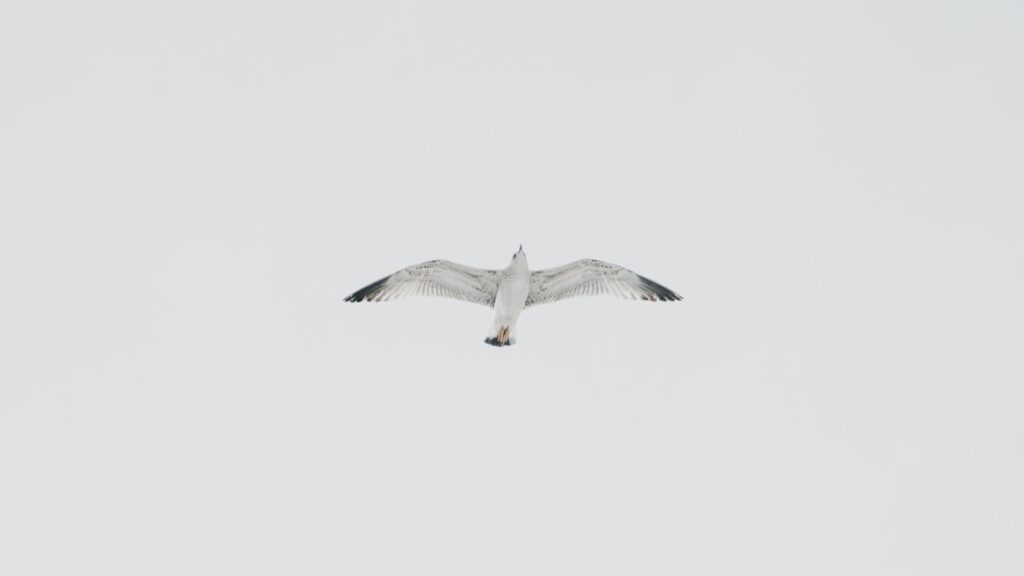
To test theories derived from their bird observations, the Wright brothers constructed a wind tunnel in their bicycle shop in 1901. This primitive but effective device allowed them to test over 200 different wing shapes, systematically measuring the lift and drag properties of each design. Many of these test shapes were directly inspired by different bird species’ wings, from the broad soaring wings of vultures to the narrower, faster wings of falcons. Their tests revealed that many previously published aerodynamic calculations were incorrect, leading them to develop their own more accurate data tables. This scientific approach to testing bird-inspired designs demonstrated their genius: rather than blindly copying nature, they used empirical testing to validate and refine their observations, ultimately creating wing profiles that worked efficiently for powered aircraft rather than biological creatures.
Propeller Design: An Unexpected Avian Lesson
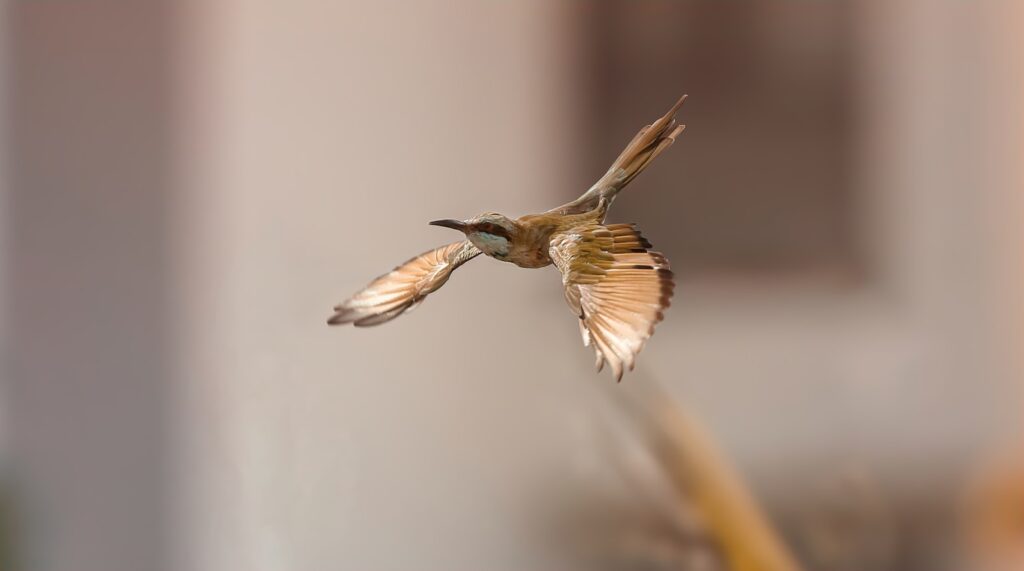
The Wright brothers’ approach to propeller design also benefited from their bird studies, though in a less obvious way. Early aviation pioneers had conceptualized propellers as similar to screws moving through a solid medium, but the Wrights recognized that a propeller should function more like a rotating wing. Their observations of how birds created forward thrust by pushing air backward with their wings led to this critical insight. The brothers realized that propeller blades generate lift in a horizontal direction (thrust) using the same aerodynamic principles that wings use to generate vertical lift. This understanding allowed them to design highly efficient propellers that converted engine power to thrust far better than any previous designs. Their first propellers achieved 70% efficiency, a remarkable achievement that stemmed directly from applying the aerodynamic principles they had observed in bird flight to rotary motion.
Gliding Experiments: Learning Flight Like Fledglings
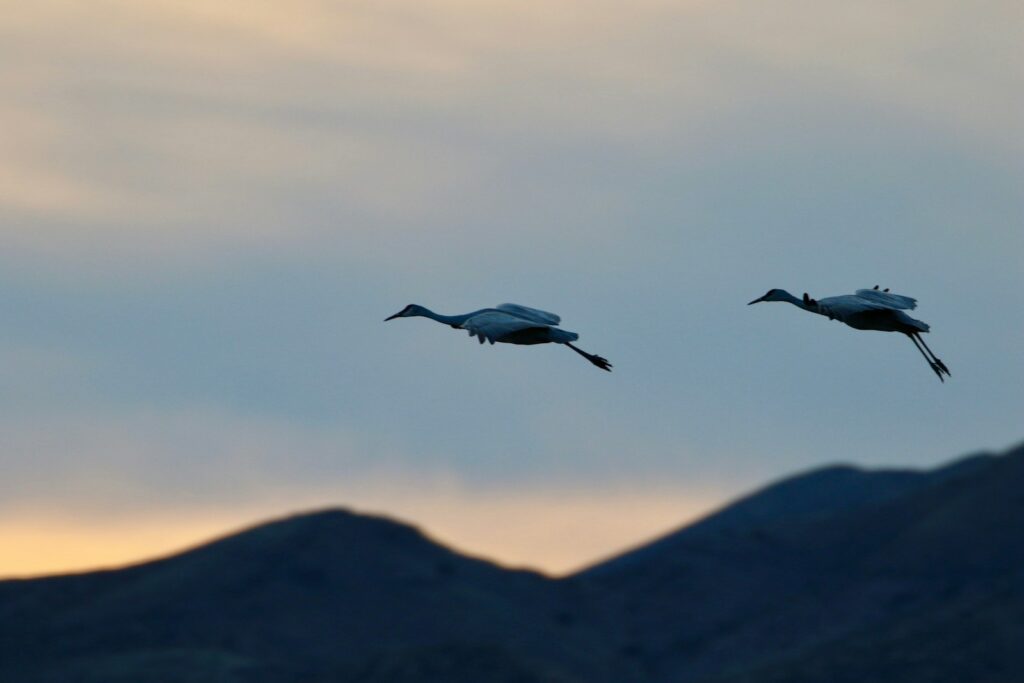
Before attempting powered flight, the Wright brothers conducted extensive glider experiments between 1900 and 1902, effectively learning to fly much as young birds do before they develop full flight capabilities. They chose Kitty Hawk, North Carolina, for these experiments because of its steady winds, soft sandy landing surfaces, and isolation from prying eyes. During these crucial tests, they performed over 1,000 glides, gradually refining their control systems and gaining invaluable flight experience. Their approach mirrored nature’s method—birds learn to glide and control their flight before developing the strength for sustained flapping. During these experiments, the brothers often referred back to their observations of how birds handled gusts of wind and maintained control in turbulent conditions. These gliding tests represented a critical phase where bird-inspired theories were put into practical application, allowing the brothers to develop the piloting skills and aircraft refinements necessary for their eventual powered success.
Differences Between Avian and Wright Flight

Despite drawing inspiration from birds, the Wright brothers recognized fundamental differences between biological and mechanical flight that required significant adaptations. Birds have the advantage of complex muscular systems that provide instantaneous adjustments to wing shape and position—capabilities far beyond early aircraft materials. While birds can change the camber and angle of their entire wing surface continuously, the Wrights had to develop mechanical systems that approximated these capabilities with rigid materials and simplified control mechanisms. Additionally, the power-to-weight ratio problem presented a massive challenge; birds have evolved hollow bones and highly efficient respiratory systems that human-carrying aircraft couldn’t replicate. The brothers solved this through their innovative lightweight engine design, producing an aluminum block motor with sufficient power while maintaining manageable weight. These necessary adaptations demonstrate that successful biomimicry in engineering requires understanding not just what natural systems do, but how to translate those functions through available materials and technologies.
The Wright Brothers’ Written References to Birds

The importance of avian inspiration in the Wright brothers’ work is well-documented in their correspondence, diaries, and technical notes. In a 1900 letter to Octave Chanute, Wilbur wrote: “Men already know how to construct wings or aeroplanes which, when driven through the air at sufficient speed, will not only sustain the weight of the wings themselves, but also that of the engine and the aviator as well. Men also know how to build engines and screws of sufficient lightness and power to drive these planes at sustaining speed. The problem is to combine and apply these known factors.” This statement came directly after extensive discussion of his observations of bird flight mechanics. Throughout their papers, birds are referenced dozens of times as both inspiration and validation of their theories. After their successful flights, Orville specifically credited their breakthroughs to “noticing the soaring of birds and their method of balancing,” providing clear evidence of the direct connection between their avian observations and their engineering solutions.
Legacy: How Bird-Inspired Flight Changed History
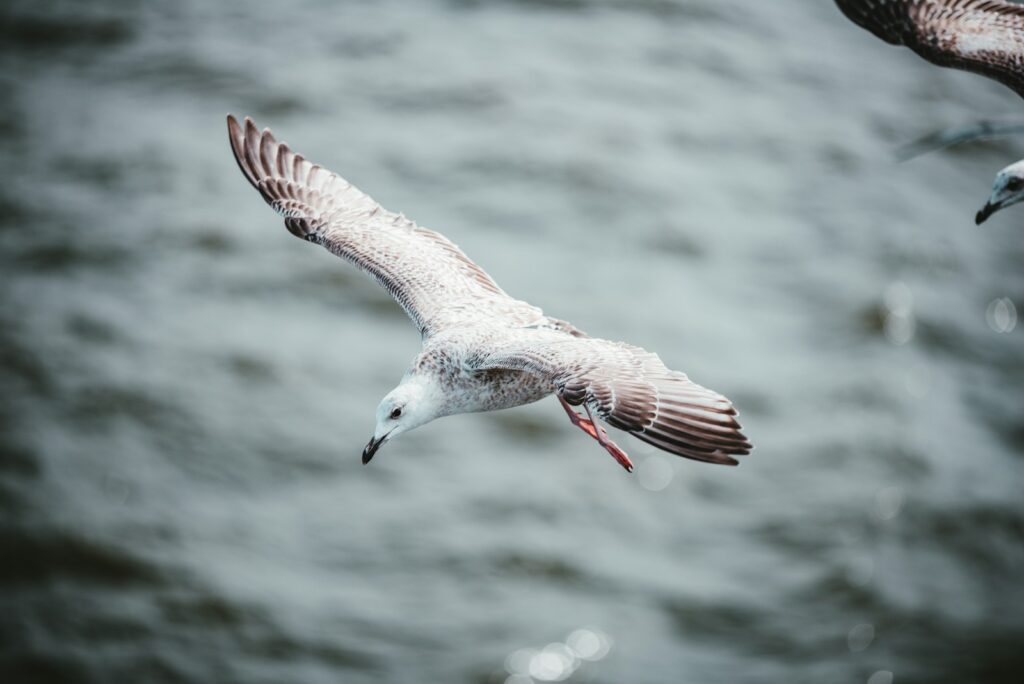
The bird-inspired innovations of the Wright brothers fundamentally transformed human civilization in ways that continue to resonate today. By successfully translating avian flight principles into mechanical systems, they initiated the age of aviation that would shrink the globe and forever change warfare, commerce, and human mobility. Their three-axis control system, derived directly from bird flight dynamics, remains the standard in all fixed-wing aircraft more than a century later. Modern aircraft design still reflects many of the lessons learned from birds, including wing dihedral angles for stability and airfoil shapes optimized through the same principles the Wrights discovered. The brothers’ methodical approach to biomimicry—studying nature not to copy it but to understand and adapt its principles—established a template for modern bioengineering approaches. Perhaps most importantly, their success demonstrated how careful observation of nature, combined with scientific testing and engineering adaptation, could solve seemingly insurmountable human challenges—a lesson that continues to inspire innovators across disciplines today.
Modern Biomimicry: The Continuing Influence of Birds on Aviation
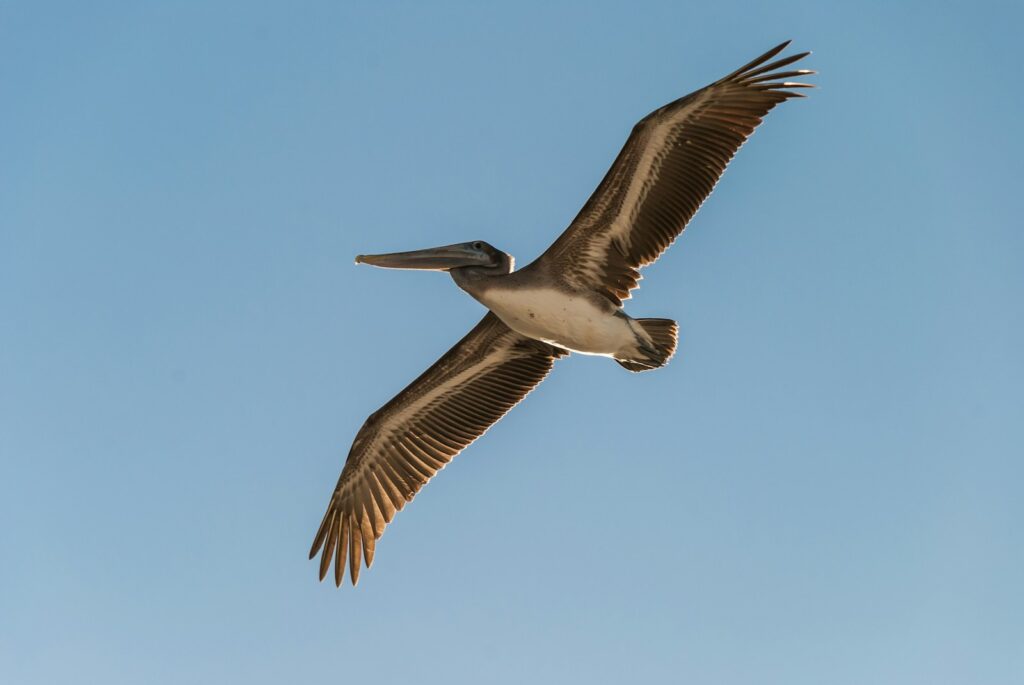
The Wright brothers’ tradition of learning from avian flight continues in contemporary aviation research and development. Modern aircraft designers still look to birds for solutions to complex aerodynamic challenges, from the winglets on commercial airliners (inspired by the upturned wingtips of soaring birds that reduce drag-inducing vortices) to experimental morphing wing technologies that change shape during flight. NASA and other aerospace organizations actively study bird wing structures to develop more efficient aircraft designs, particularly focusing on how raptors configure their feathers during different flight phases. The emerging field of ornithopters—aircraft that fly by flapping wings—represents a return to even more direct biomimicry of bird flight mechanics. Researchers at universities worldwide are developing micro air vehicles with bird-inspired features for applications ranging from disaster response to environmental monitoring. These continuing efforts demonstrate that the Wright brothers’ recognition of birds as the ultimate flying machines was not just historically significant but remains relevant at the cutting edge of aeronautical engineering today.
The Wright brothers’ unprecedented achievement at Kitty Hawk represented not just human ingenuity but also the power of nature as a teacher. By carefully studying the flight mechanics of birds—particularly the soaring turkey vultures of their native Ohio—Wilbur and Orville extracted the critical principles that made controlled, powered flight possible. Their genius lay not in blindly copying avian anatomy but in understanding and adapting the fundamental physics of bird flight to mechanical systems. This bird-inspired approach solved the critical challenges of control and stability that had defeated previous aviation pioneers. Today, as we board modern jetliners or watch drones navigate complex environments, we experience the legacy of that pivotal connection between natural and human flight. The Wright brothers remind us that sometimes the most revolutionary technologies come not from rejecting nature but from more carefully observing its time-tested solutions.
